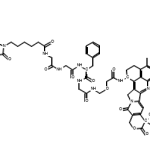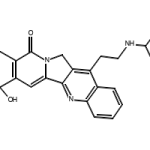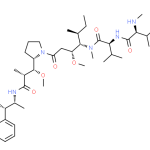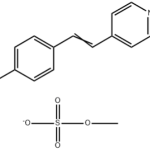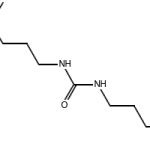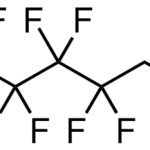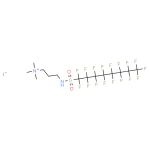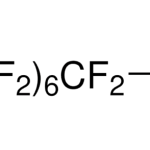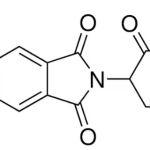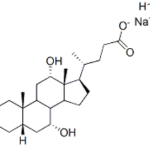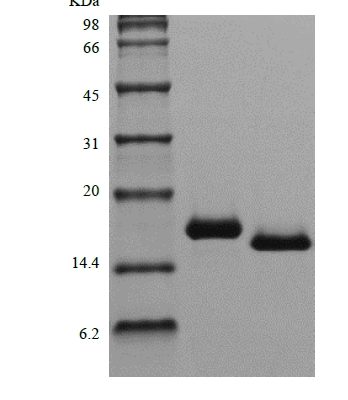
Official Full Name
Recombinant Human Fms-related Tyrosine Kinase 3 Ligand (rHuFlt-3Ligand)
CAS Number (Or Watson Number for Non-CAS Products)
103-05-1816
Synonyms
Flt3L,
SL Cytokine
Squence

Amino Acid Sequence
TQDCSFQHSP ISSDFAVKIR ELSDYLLQDY PVTVASNLQD EELCGGLWRL VLAQRWMERL KTVAGSKMQG LLERVNTEIH FVTKCAFQPP PSCLRFVQTN ISRLLQETSE QLVALKPWIT RQNFSRCLEL QCQPDSSTLP PPWSPRPLEA TAPTA Synonyms
Flt3L,
SL Cytokine
Accession
P49771
Gene ID
2323
Summary
Flt3-ligand (
FL) is a recently identified hematopoietic cytokine whose activities are mediated by binding to the transmembrane glycoprotein Flt3. Flt3 was first discovered as a member of the class
III subfamily of receptor tyrosine kinases (
RTK) whose expression among hematopoietic cells was found to be restricted to highly enriched stem/progenitor cell populations. Additionally, class
III RTKs include the receptors from
SCF, M-CSF and
PDGF. Not surprisingly, Flt3-ligand is also structurally related to M-CSF and
SCF. All three cytokines have been shown to exist both as type I transmembrane proteins and as soluble proteins. The predominant human
FL isoform is a transmembrane protein that can undergo proteolytic cleavage to generate a soluble form of the protein. An alternatively-spliced
FL mRNA, encoding a soluble form of the human
FL, has also been identified.
FL is widely expressed in various human and mouse tissues. At the amino acid sequence level, human and mouse
FL are approximately 72 % identical and the two proteins exhibit cross-species activity.
FL has been shown to synergize with a wide variety of hematopoietic cytokines to stimulate the growth and differentiation of early hematopoietic progenitors.
Source
Escherichia coli.
Molecular Weight
Approximately 17.6 kDa, a single non-glycosylated polypeptide chain containing 155 amino acids.
Biological Activity
Fully biologically active when compared to standard. The
ED50 as determined by a cell proliferation assay using human
AML5 cells is less than 1.0 ng/ml, corresponding to a specific activity of > 1.0 × 106
IU/mg.
Appearance
Sterile filtered white lyophilized (freeze-dried) powder.
Formulation
Lyophilized from a 0.2 um filtered concentrated solution in
PBS, pH 7.0.
Endotoxin
Less than 1
EU/ug of rHuFlt3-Ligand as determined by
LAL method.
Reconstitution
We recommend that this vial be briefly centrifuged prior to opening to bring the contents to the bottom. Reconstitute in sterile distilled water or aqueous buffer containing 0.1 %
BSA to a concentration of 0.1-1.0 mg/mL. Stock solutions should be apportioned into working aliquots and stored at ≤ -20 °C. Further dilutions should be made in appropriate buffered solutions.
Stability and Storage
Use a manual defrost freezer and avoid repeated freeze-thaw cycles.- 12 months from date of receipt, -20 to -70 °C as supplied.- 1 month, 2 to 8 °C under sterile conditions after reconstitution.- 3 months, -20 to -70 °C under sterile conditions after reconstitution.
References
Purity
> 97 % by
SDS-PAGE and
HPLC analyses.
SDS-PAGE
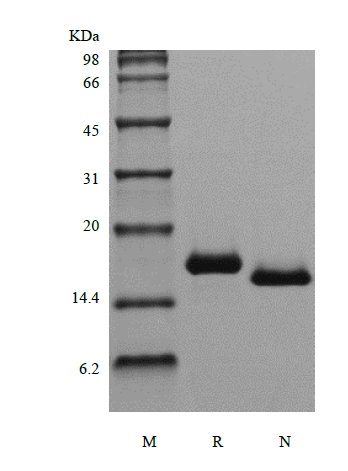
Pack Size
10ug/100ug/500ug
Safety Data Sheet (SDS) Download
Click to download
Technical Data Sheet (TDS) Download
Click to download
Links
This product is branded by ChemWhat and sold through our website and here is the corresponding link
Recombinant Human Fms-related Tyrosine Kinase 3 Ligand (rHuFlt-3Ligand) on ChemWhat
Quick Inquiry
Fill out our inquiry form and one of our experts will be in touch with you shortly.




